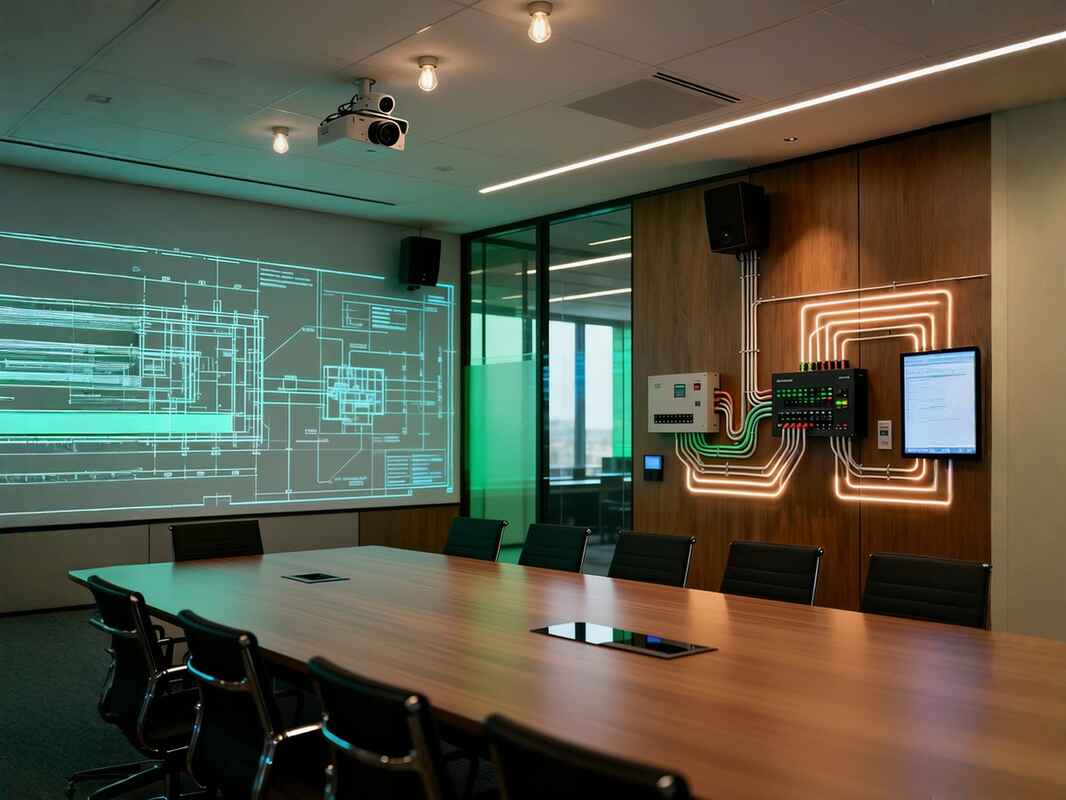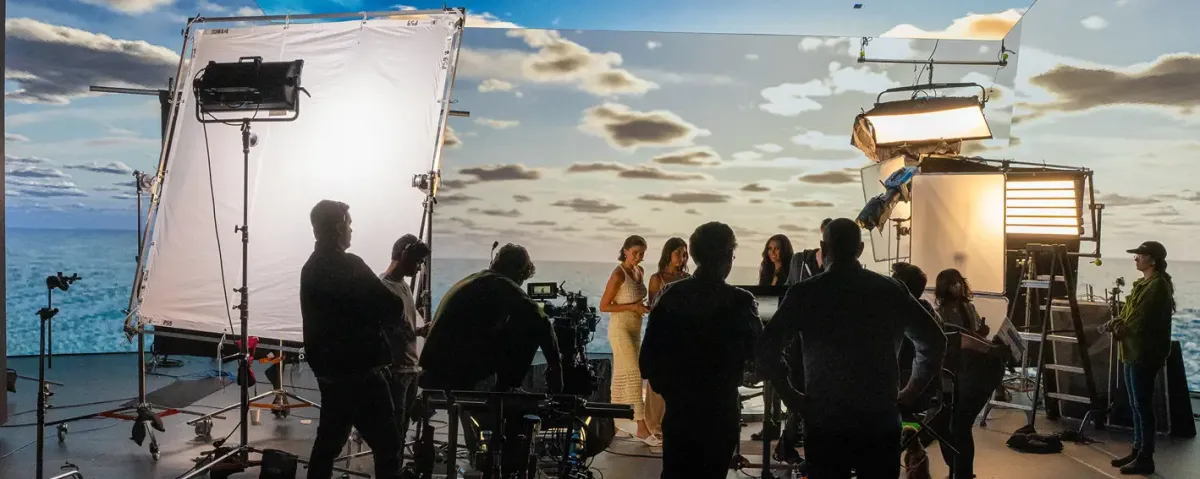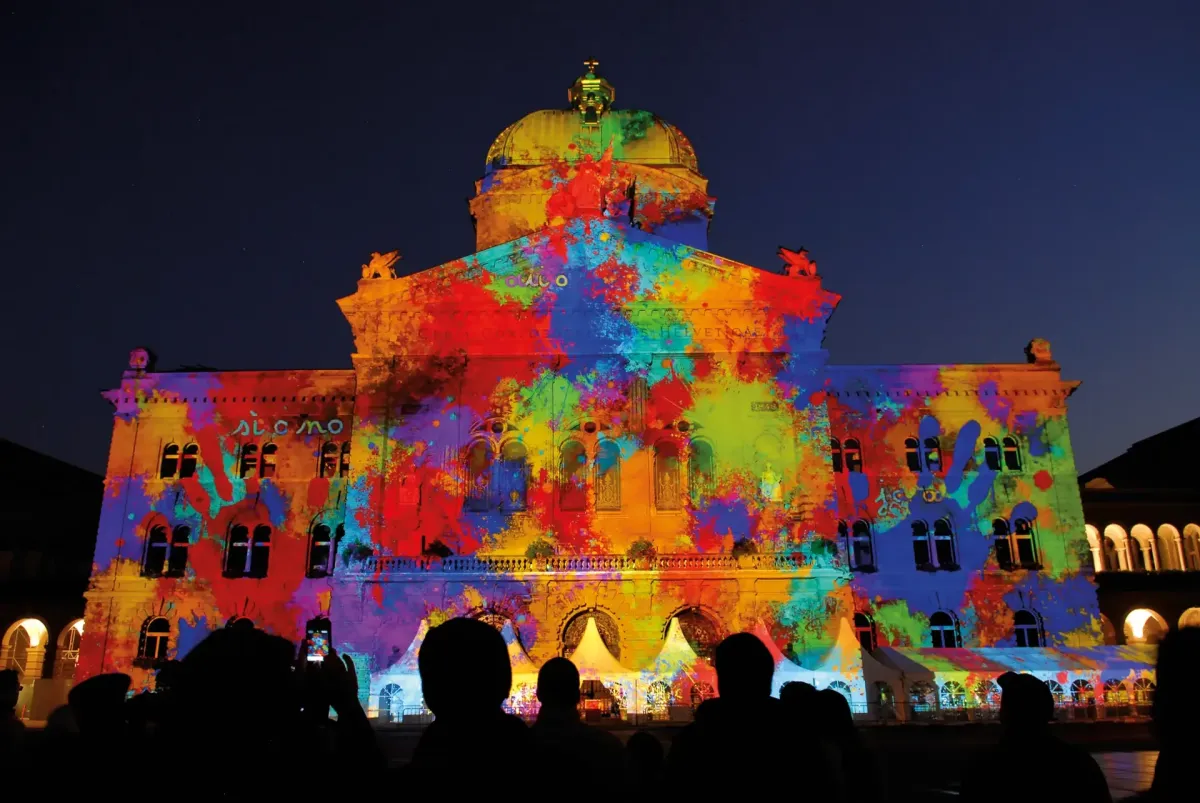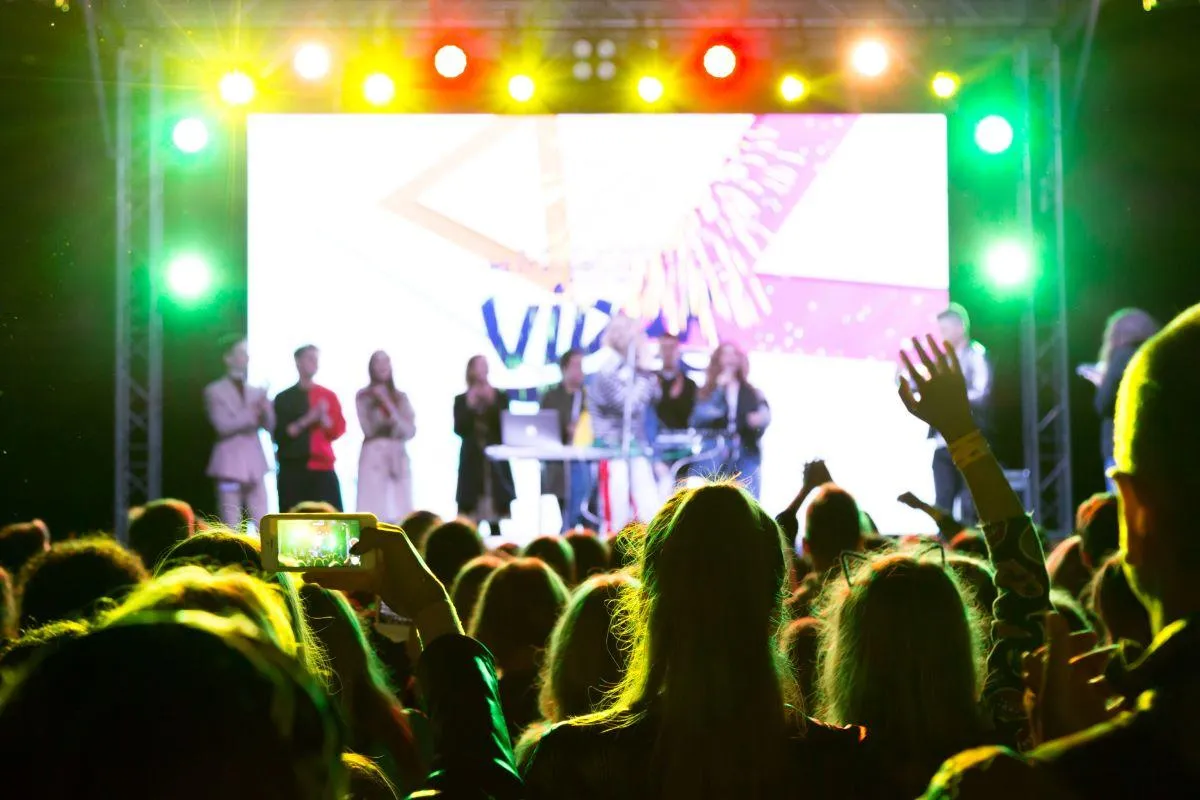How Networked AV Systems Transform Homes and Businesses
discover how AV networking, networked AV systems, and networked AV protocols create seamless control and elevate homes and businesses.

discover how AV networking, networked AV systems, and networked AV protocols create seamless control and elevate homes and businesses.

From immersive worlds to cost-effective production, virtual production is shaping the future of storytelling. Learn about the technology behind it, the benefits it offers, and real-world examples like The Mandalorian and Westworld.

Transform ordinary spaces into extraordinary visual spectacles with projection mapping! Learn how this innovative technique creates captivating environments by projecting images onto any surface.

Want to create unforgettable events? Learn how technology is revolutionizing event management! From immersive audio/video to interactive experiences, discover how to leverage tech to captivate audiences and craft impactful events.

Holograms are no longer science fiction! Learn how businesses leverage this cutting-edge technology to boost engagement, improve training, & gain a competitive edge.

Sphere Audio Video | © 2025. All Rights Reserved
Site By Trustway Marketing
Powered by Kyrios Systems